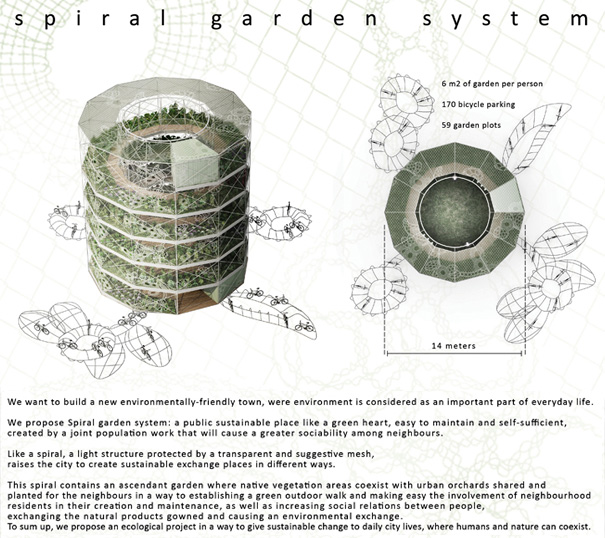The city of Bangkok was initially designed for water-based urbanism, in conjunction with the precedented conditions of the Chao Phraya river, taking references to the well-suited system of those in Ayuddhaya and Sukotai. The injection of European land-based urbanism, particularly the road system in 1857, has steered the urban growth of Bangkok in a self-contradicting, paradoxical, chaotic way. The un-premeditated introjection of the a foreign system without digestion and understanding of their precedents has mobilized Bangkok in ways where systems either work against each other, or one dominate while the other reside as urban voids — as ‘uncivilized, low-tech, un-modernized.
To take the above statement into consideration, one must first investigate the come-abouts of such occurrences and respect each specific state as just a part of a larger continuum and extract those factors that has affected them.
One can argue that the social life or lifestyles are results of precedented conditions that is beyond ancestral or cultural, but that is predominantly affected by the very physical conditions of there geographical region; an adapted typology. If that is the case, then one need to also understand that the condition of paradox that Bangkok is in, is possibly the result of such nature, where the old Siam culture was driven by the river basin and water-based ideology, but the sudden injection of foreign systems has led to the lack of understanding of the urban typologies that must be driven from regional contextual conditions; a water-based culture that has enforced land-based infrastructure.
Water-based urbanism:
“Amphibious and aquatic-tidal [urbanism] presupposes a high degree of efficient but minimal planning” Jumsai, S. : Naga: p97
Such understanding of the water-based urbanism with extensive observations of current canal conditions and the communities that interact with the waterfront should allow for the development of a more workable and well-suited typology of what ever it is that the city needs that could be adapted from these ‘urban voids’
— that is… to develop the right edge condition for maximum interaction and efficient use of the existing canal; artificial natural infrastructure.















